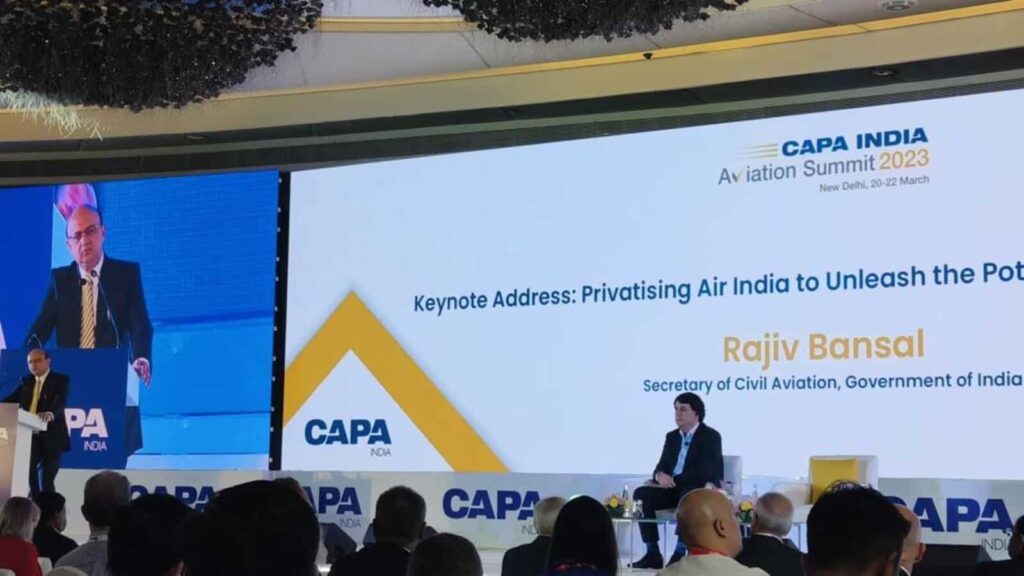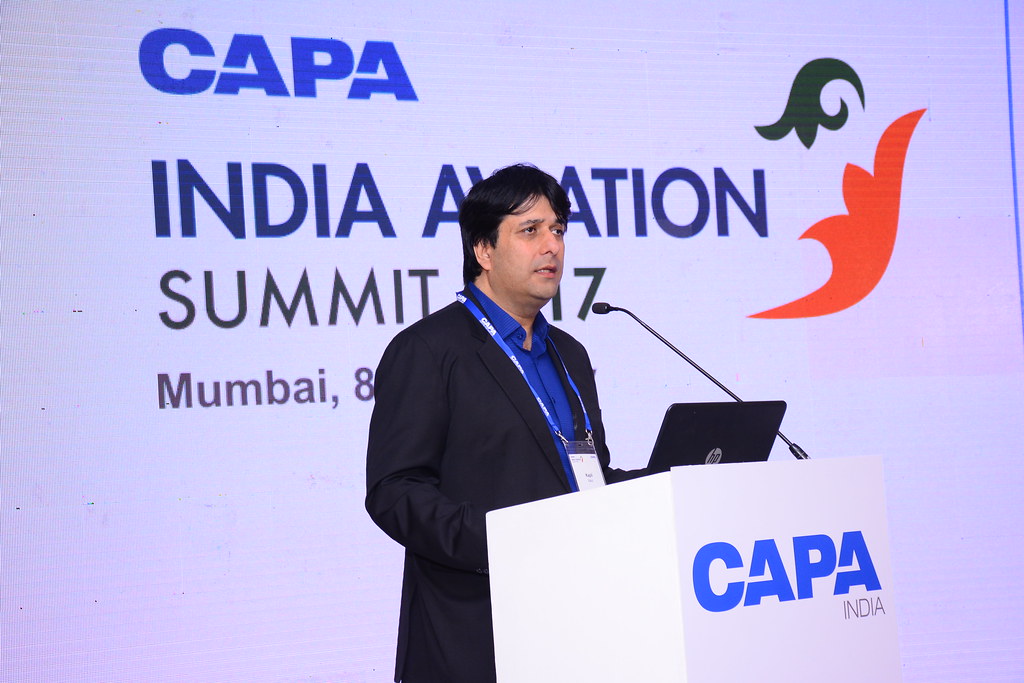CAPA India has presented a plan for the development of a new civil aviation policy that aims to foster a transformative vision for the future of the Indian aviation industry 20 years down the line.
According to CAPA India, India’s aviation system served approximately 200 million airline passengers in FY2023.
However, if the industry takes a forward-looking and transformative approach. It may need to accommodate over 1.3 billion passengers with a commercial fleet comprising nearly 4,000 aircraft in the next 20 years.
While this is an unconstrained projection. Achieving it would mean the market would be 20% larger than the US before the pandemic.
Furthermore, in less than 40 years, the Indian aviation industry would have expanded from the size of Las Vegas to that of the whole US.

CAPA India New Aviation Policy Suggestions
Realizing such a significant scale-up in size would demand a colossal undertaking from the entire aviation ecosystem.
Every facet of the industry must contribute towards making this vision a reality. The aviation sector could potentially contribute USD 1 trillion annually if successfully accomplished. Furthermore, to the Indian economy by FY2043, factoring in its direct, indirect, induced, and catalytic effects.
Even under a more moderate linear growth scenario, India is likely to reach a market size akin to that of China pre-COVID.
The potential impact of aviation on the economy and consumers should motivate policy-makers and industry leaders. CAPA India identified key issues that need to be addressed for the industry to achieve its long-term potential.
These include creating a level playing field for airlines through a positive fiscal regime and infrastructure development, planning for generation-lasting airport capacity, defining an international air services strategy, restructuring airspace design, establishing massive MROs, implementing a new aviation safety regime, and establishing a dedicated security regime.

Flickr | British High Commission, www.flickr.com/photos/ukinindia/31952633794
CAPA India CEO Insights
According to Kapil Kaul, CEO & Director of CAPA India, the Indian aviation industry has reached a pivotal turning point.
“The choices made today could have far-reaching effects on future generations. The industry must decide whether it wants to pursue an ambitious and transformative vision or a more restrained, gradual growth approach.”
Kapil Kaul, CEO & Director of CAPA India
The Ministry of Civil Aviation (MOCA) has been making efforts. But a new policy framework is required for the industry to achieve its true potential.
Kaul explained that they believe in the possibility of this aspirational vision due to the increased focus on aviation in India.
The recent privatisation of Air India was seen as a bold reform, expected to result in a more stable market with two airlines possessing significant capabilities and patient capital.
The government and ministry have also demonstrated a strong commitment to resolving fiscal challenges, engaging with the industry, and privatising airports. All of these efforts have created an environment conducive to creating a long-term policy that supports an aspirational vision.

Bottom Line
In the future, India is expected to witness the emergence of mega-carriers that surpass the current global standards.
To support this, there will be a need for mega-airports, mega-MROs, and mega-ground handlers. Further mega-training facilities of an unprecedented scale. Subsequently, This will necessitate exceptional planning, preparation, execution, and monitoring capabilities.
Stay tuned with us. Further, follow us on social media for the latest updates.
Join us on Telegram Group for the Latest Aviation Updates. Subsequently, follow us on Google News.

